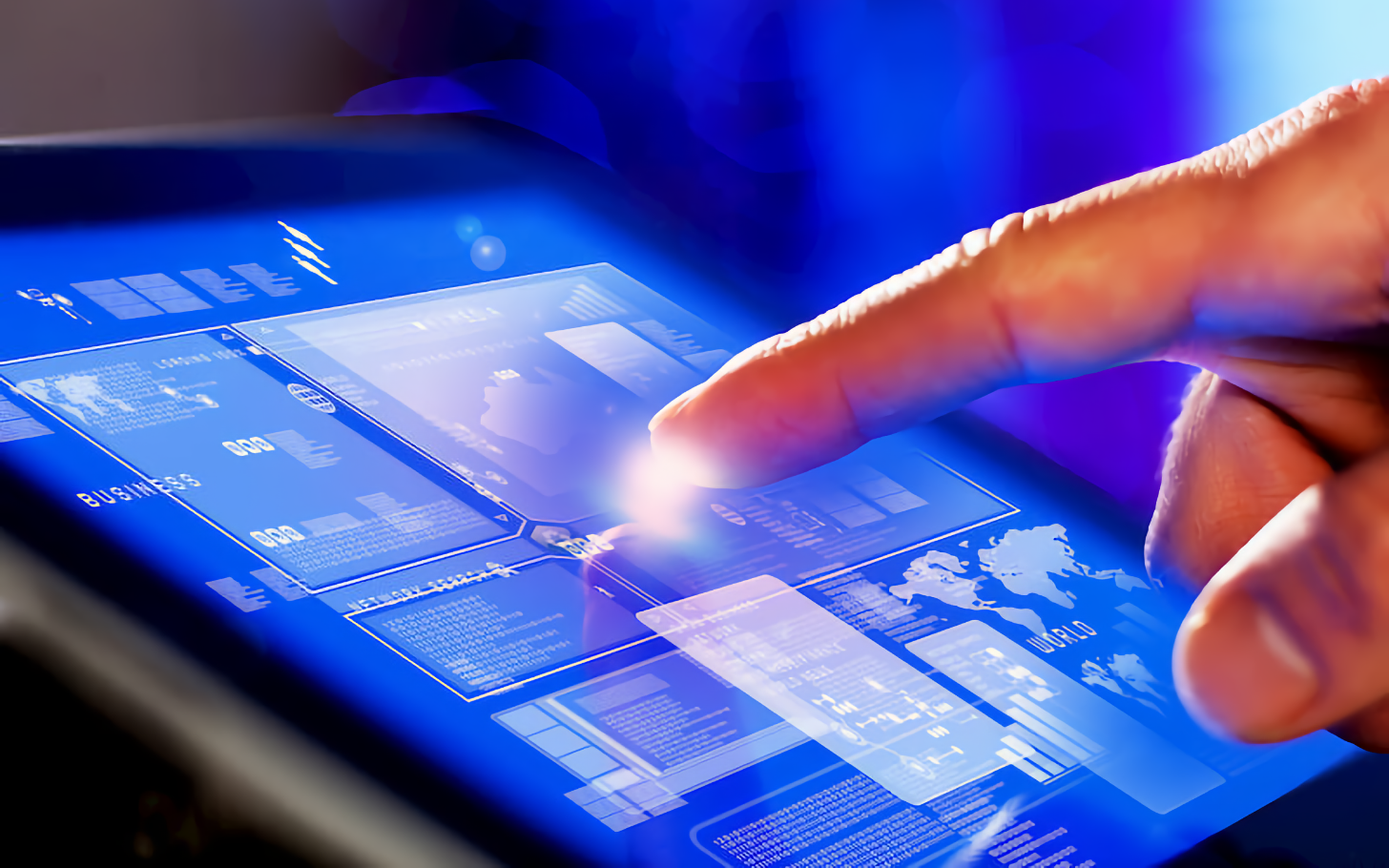Our phones buzz so many times a day, it's easy to take the tech behind these vibrations for granted. But just for a moment, stop and think about what would happen if those buzzes weren't there. How many text messages would go unread? What notifications would you miss? Would you still feel connected to your smartphone? In this first installment of our new haptic tech series, we're taking a closer look at how haptics came to be and why they're so important in your favorite smart devices.
What is haptic technology (aka haptics)?
Haptic technology has always had a close relationship with the telephone: Thomas D. Shannon was granted the first patent for a "tactile telephone" in 1973, while A. Michael Noll of Bell Telephone Laboratories, Inc. was issued a patent for a tactile communications system in 1975. Haptics have since made their way to a variety of products and industries, including video games, robotics, and consumer electronics. For the sake of today's article though, we'll be talking specifically about smartphones.
Haptics can be defined as tactile feedback produced by an electronic device that relays information to the end user. For instance, when your phone buzzes once in your pocket, you know that you've just received a notification. If your phone buzzes repeatedly in succession, you are likely receiving a phone call. Haptics have trained users to interpret each buzz and decipher what they mean before ever looking at their devices.
How do haptics enhance the smartphone user experience?
Just as telephones have evolved into the pocket-sized computers they are today, the role of haptics has also grown into a core component of the user experience. Take alerts for example. Each buzz and vibration has a distinct meaning. We know that short bursts are for notifications and long warbles are for phone calls, but there's more to it than that. Good haptics can even use varying combinations of force, length, and rhythm to relay different information — like when a new text message pings a little or longer harder than a new email.
Then there's the haptic feedback that comes with software keyboards. When smartphones ditched physical keyboards (like those found on Blackberries) for touchscreen versions, Microsoft's then-CEO Steve Ballmer famously professed that a touchscreen smartphone "doesn't appeal to business customers because it doesn't have a keyboard." Fast forward to today, and touchscreen keyboards are the status quo. Thanks in large part to haptic technology, touchscreen keyboards can even provide feedback that mimics the tactile input of a key press, making them feel like their physical predecessors without sacrificing on input flexibility.
Speaking of tactile keys, haptics can replicate the sensation of physical button presses all throughout Android. When unlocking your phone with the fingerprint reader, chances are you feel a tiny bump right before you see the home screen. You can feel the same little haptic twitch when you long press on an app or when you swipe up on the navigation bar. All of this feedback helps the user feel more connected to their device, thus delivering a more immersive user experience.
Learn more about premium haptic technology
If you'd like to learn more about what makes a great haptic experience, check out our quick dive into haptic hardware and software here. You can also learn more about premium haptic technology from our friends at Cirrus Logic, the haptics manufacturer that made this article possible.

